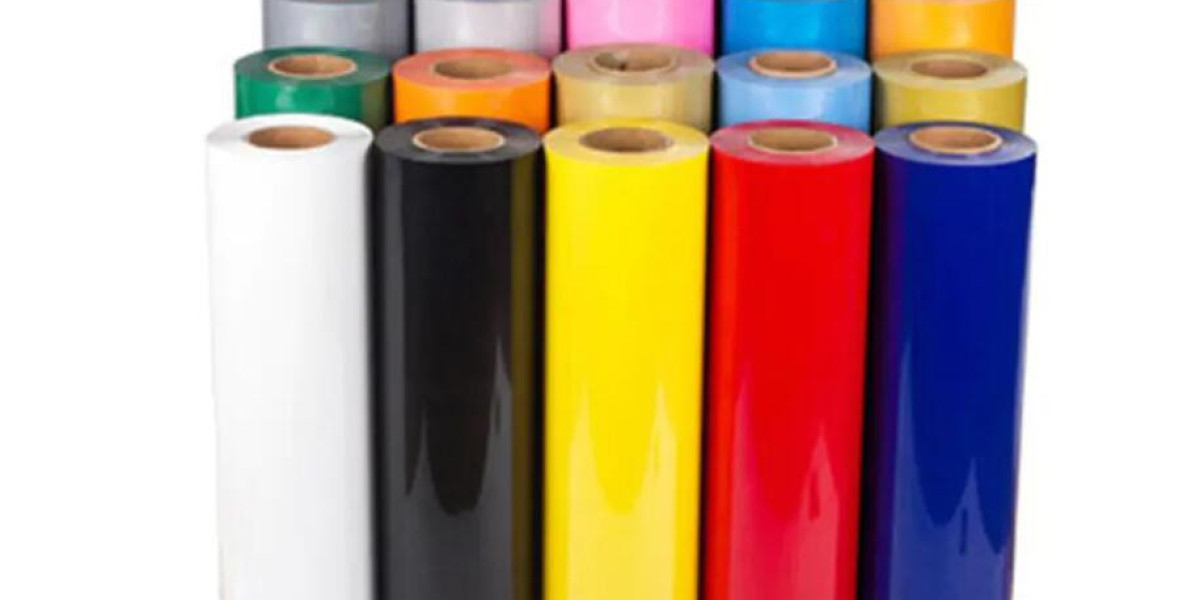PVC Heat Transfer Vinyl is available in various thicknesses, allowing users to choose the right vinyl for their specific project. The thickness of the vinyl can impact its flexibility and how it adheres to different fabrics. Thicker vinyl is often more rigid, making it suitable for larger designs or fabrics with a smoother texture. On the other hand, thinner vinyl is more flexible and conforms better to textured fabrics or garments with more stretch.
PVC Heat Transfer Vinyl is designed to withstand heat, which is a crucial factor in the transfer process. Different types of vinyl have varying heat tolerance levels, and it's essential to follow the manufacturer's guidelines for temperature and application. Generally, PVC HTV requires a specific temperature range for successful application, typically between 300°F to 320°F (149°C to 160°C). Consistency in heat application is key to achieving professional and durable results.
PVC Heat Transfer Vinyl is compatible with a wide range of fabrics, making it a versatile choice for various projects. It adheres well to cotton, polyester, blends, and even some heat-sensitive fabrics when applied with care. Understanding the compatibility of PVC HTV with different fabrics allows users to unleash their creativity and personalize a variety of clothing items, from T-shirts and hoodies to bags and hats.
